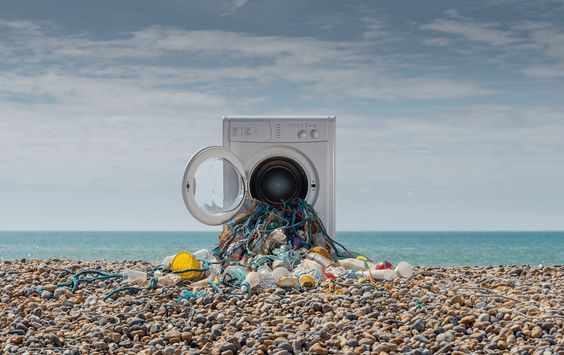Fast fashion refers to garments that are cheaply produced copy the latest catwalk styles and become available quickly through stores to maximize on the current trends. The term ‘fast fashion’ is a name that was coined by the New York Times to describe clothing giant, Zara’s mission to take only 15 days for a piece of clothing to go from the design stage to being sold in stores.

Fast fashion has taken the world by storm. Brands that are in pursuit of cheaper labor and higher profits have resulted in retailers shifting their manufacturing operations overseas and producing clothing at a terrifying rate. Brands came out with affordable clothing and this has led consumers to view their garments as something disposable. While consumers young and old alike have enjoyed trendy clothing at low prices, there are more and more people becoming aware of the consequences of this throwaway culture.

For your information, fashion was not always as destructive. Shopping for clothes used to be carried out only occasionally like when the seasons changed or when we outgrew our clothes. As clothes become cheaper, fashion trends sped up and many people go shopping weekly as a hobby. This sparks the fast fashion growth that has dominated the high streets and online shopping.
What Are The Impacts of Fast Fashion
Fast fashion hurts the environment and this situation is alarming.
The fashion industry is the second most significant water user and employs synthetic materials such as nylon, acrylic, and polyester which take hundreds of years to biodegrade. The polyester-based synthetic textiles make up 35% of all microplastics in the ocean. Cotton is another material that is used in fast fashion and it is not favorable to produce as it requires the use of harmful pesticides.
- The fast fashion industry is also a significant contributor to the climate crisis as it is responsible for as much as 10% of global carbon dioxide emissions.
- At every stage of the clothing manufacturing process, waste occurs and this harms wildlife and pollutes soil and water.

Why Should Young Women Care About The Negative Impact Fast Fashion Has On The Environment
According to studies, about 54% of Gen Z, women whose ages are between 18-24, and 57% of millennials, women whose ages are between 25-39 are the leading consumers of fast fashion. Although young women are the main contributors, they are also the very people who create solutions and movements to solve this problem. They are mainly social media platform creators who aim to be fashion influencers. These women are the most technologically inclined and are the people who will be most affected and influenced by climate change and environmental crises all over the world.
When they understand and care about the environmental impact fast fashion can cause, these social media creators can convince and persuade fast fashion shoppers to be more environmentally responsible by educating and motivating consumers to shop more sustainably. This will influence a change in consumer behavior and is the right step towards a more environmentally friendly and sustainable fashion industry.
